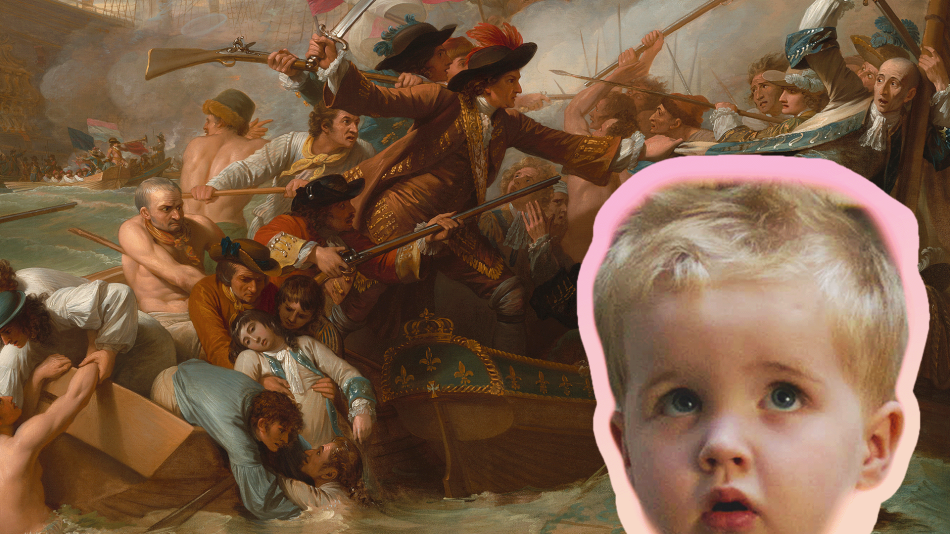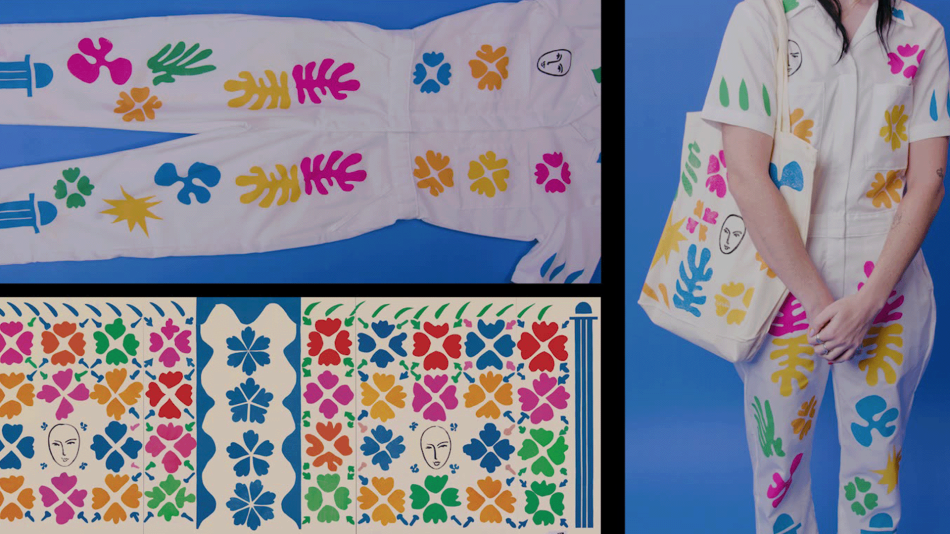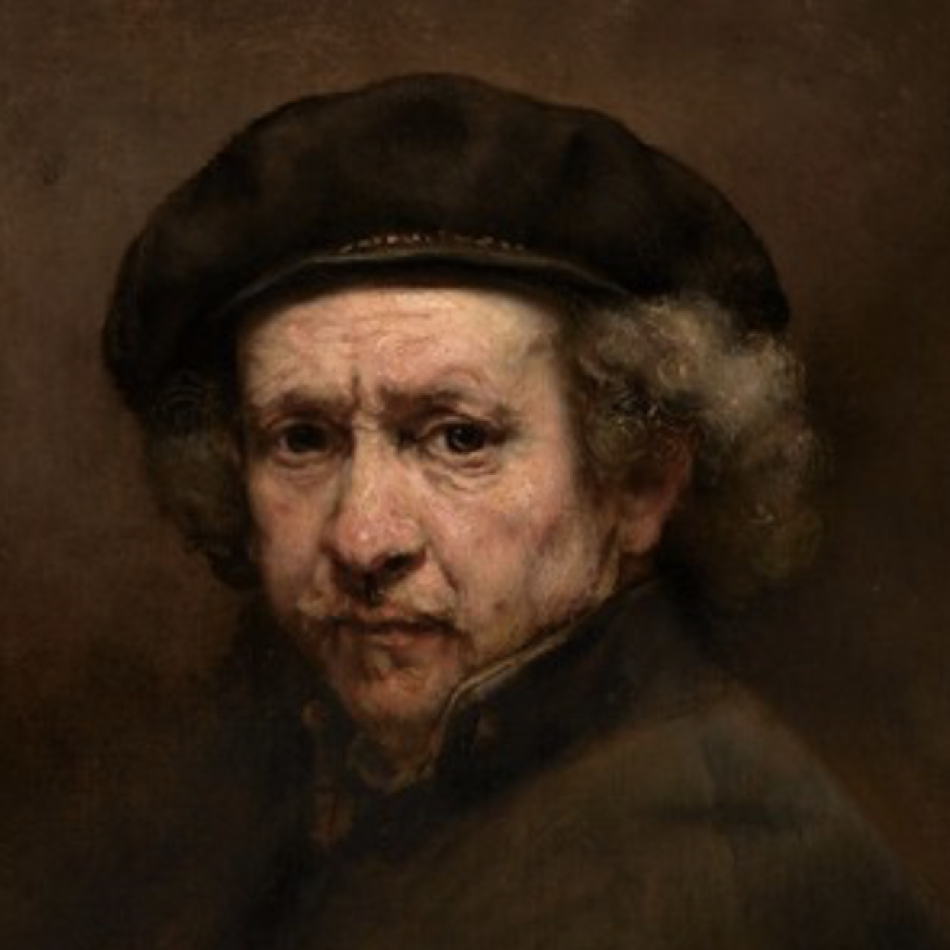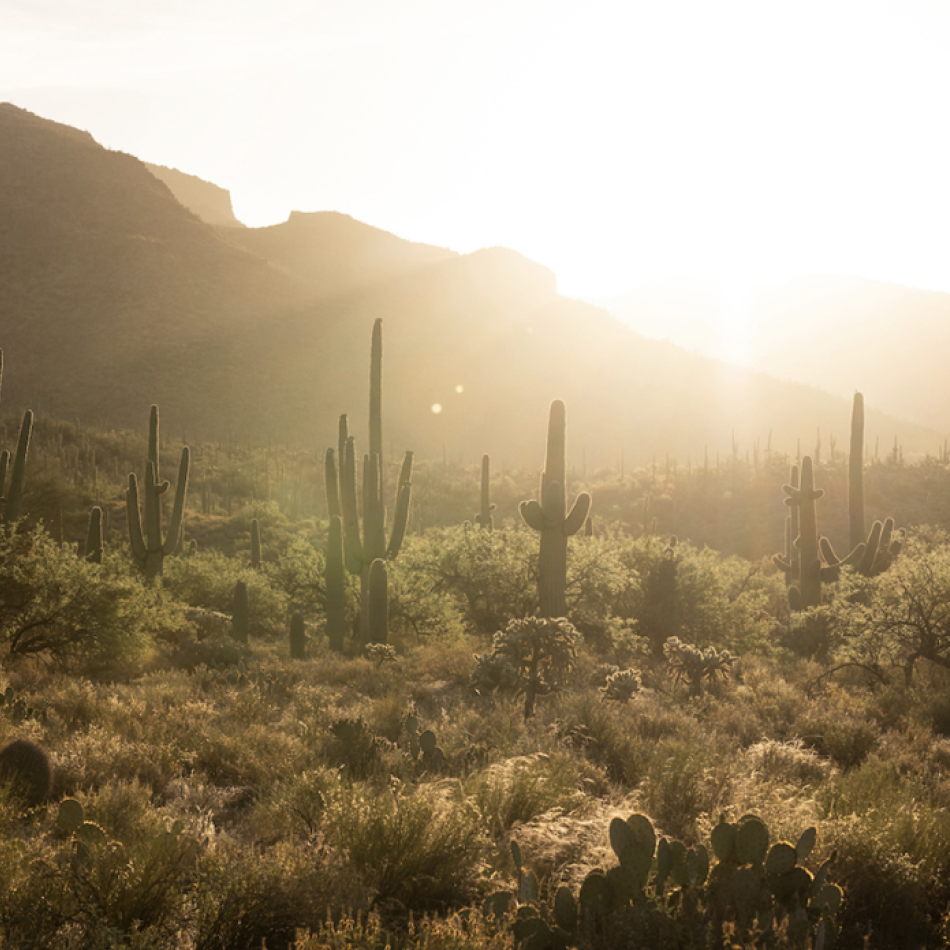
: Welcome to the nation’s art museum
Discover some of the most iconic and important works in the world, in the heart of Washington, DC.


Discover our artworks.
Our extraordinary collection brings together centuries of masterpieces from around the world.
A few of our favorites
More ways to explore

ArtVibes
Have some fun with our AI-generated mood boards featuring artworks from our collection.

Play Artle
Four artworks, one artist to discover. Test your knowledge with a new puzzle every day.

Download free images
Nearly 60,000 high-resolution images from our collection are available to download for free.

Art uncovered
Peek behind the scenes with stories and videos that reveal the people, ideas, and moments that shaped our collection.

Video: What Do Kids REALLY Think About Art?
Sharp, hilarious, brutally honest kids react to some of our most iconic works.

Article: Celebrate Fall Foliage with Autumn Art at the National Gallery
Explore our bounty of fall images.

Interactive Article: Isolation in Pablo Picasso’s "Family of Saltimbanques"
The painting shows us the ambiguity and loneliness of life on the outskirts of society.

Article: In Plain Sight: What to Do When You Don’t “Get” Modern Art
Modern art can be intimidating. Here’s how to trust yourself and your own reaction to what you see.

Video: D.I.Y. Art: Fabric Stamps Inspired by Henri Matisse
Watch and learn how to make fashion stamps on fabric inspired by Henri Matisse’s 1953 work Large Decoration with Masks.

Interactive Article: The Marvelous Details of Joris Hoefnagel’s Animal and Insect Studies
Scroll to discover tiny brushstrokes, hidden meanings, and the immense impact on our understanding of the natural world.






















